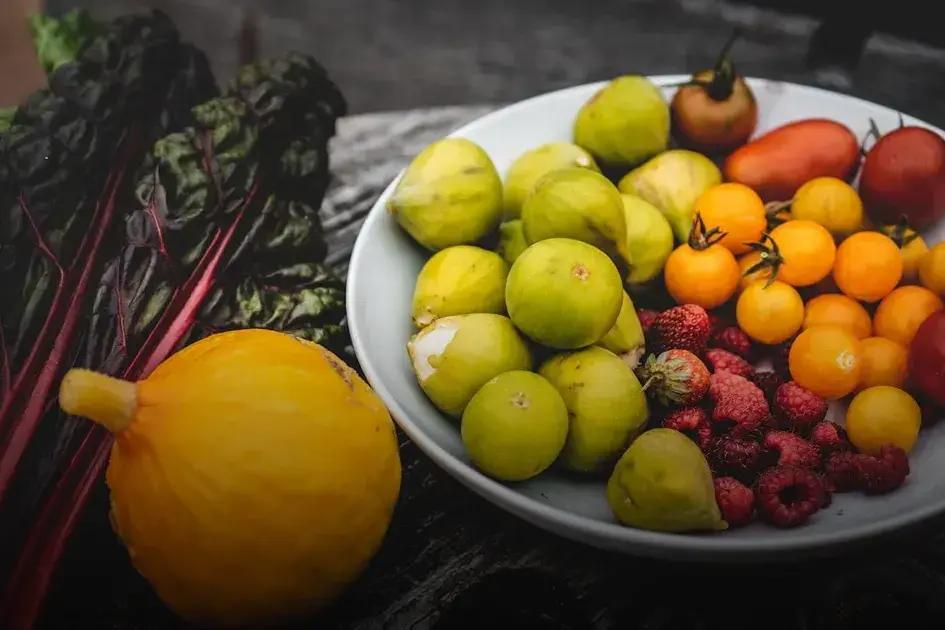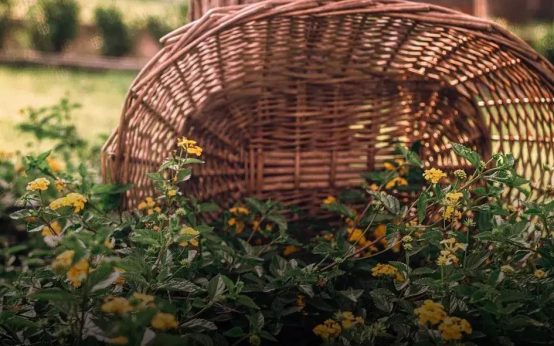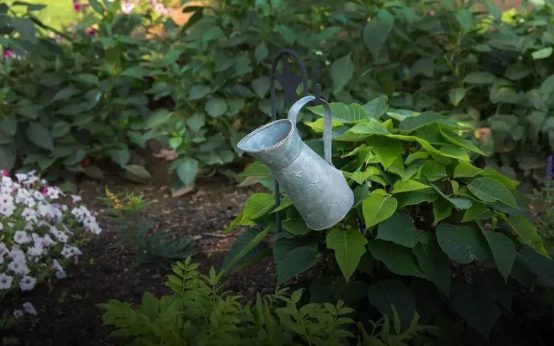Water-saving gardening is essential in regions prone to drought. By learning how to make your yard drought-resistant, you not only conserve water but also create a thriving garden. Start by understanding your soil type, which plays a significant role in water retention. Choose plants that naturally thrive in dry conditions and implement efficient irrigation techniques. Mulching helps retain moisture and reduces evaporation, ensuring your garden stays vibrant. Finally, a smart garden design can significantly impact water conservation. Explore these tips further to transform your yard into an eco-friendly haven.
Understanding Your Soil Type
To cultivate a water-saving garden, it’s vital to grasp your soil type. Different soils have varying abilities to retain moisture, which influences how frequently you will need to water your plants.
Clay soil tends to retain water longer, making it beneficial for drought-resistant gardening. However, it can easily become waterlogged, so careful management is needed. You can improve aeration by adding organic matter.
On the other hand, sandy soil drains quickly and doesn’t hold moisture well. To improve its water retention, incorporate organic components like compost or aged manure. These additions help sandy soil maintain nutrients and water, assisting your garden during dry periods.
Loamy Soil
This type of soil is generally > considered ideal for many kinds of gardening because it holds moisture yet drains well. While it typically needs less > improvement, ensuring it has adequate organic matter will help in maintaining moisture levels.
By understanding what type of soil you have, you can better plan your planting strategies and improve soil conditions to enhance its natural ability to conserve water.
Choosing Drought-Resistant Plants

Choosing the right drought-resistant plants for your garden is crucial in reducing water usage and maintaining a vibrant landscape. These plants are often native to arid regions and have adapted to survive with minimal water.
Some popular choices include succulents like agave and aloes, which store water in their leaves, allowing them to thrive in dry conditions. Lavender is another excellent option; its deep roots help it find moisture below the soil surface.
Study your local climate and focus on plants that naturally grow in similar environments. Native grasses, like bunch grasses, are not only drought-tolerant but also contribute to soil health.
Consider incorporating a variety of herbs and flowers such as rosemary, which is fragrant and needs little to no watering once established.
Choose plants with silvery, reflective foliage, like sage, which helps reduce moisture loss. These plants often have small or narrow leaves that limit water evaporation.
Creating a diverse selection of plants can also attract pollinators, further enriching your garden’s ecosystem.
Efficient Irrigation Techniques
When it comes to ensuring your garden is both beautiful and water-efficient, using efficient irrigation techniques is essential. One effective strategy is the installation of a drip irrigation system. This method delivers water directly to the roots of plants, minimizing evaporation and runoff. Unlike traditional sprinklers, which can lose significant amounts of water to wind and evaporation, drip systems ensure that moisture is precisely where it’s needed.
Another smart approach is using soaker hoses. These porous hoses allow water to seep out slowly along their length. By placing them around plants and covering them with mulch, you can further enhance water retention and keep evaporation to a minimum.
Consider the timing of your irrigation practices as well. Watering in the early morning reduces the rate of evaporation, allowing plants to make the most of each drop they receive. It’s also helpful to install a rain sensor on any automated systems you use. This prevents unnecessary watering when Mother Nature has already provided enough.
Utilizing a rainwater harvesting system can offer additional benefits. Collecting rainwater in barrels provides a sustainable, eco-friendly water source for your garden. Use this harvested water to supplement your irrigation during dry spells.
Advanced technology also aids in efficient irrigation. Smart irrigation controllers adjust watering schedules based on weather conditions, ensuring your garden only gets the water it needs. Combining these techniques can substantially decrease water usage and promote a healthy, flourishing garden.
Mulching for Maximum Moisture Retention

Mulching for Maximum Moisture Retention
Mulching is an essential strategy in drought-resistant gardening. This simple technique involves placing a protective layer of material—such as bark, wood chips, or straw—over the soil.
Benefits of Mulching
Retain Soil Moisture
Mulch acts as a barrier between the soil and the hot sun, significantly reducing evaporation rates. This keeps the soil moist for longer periods, so you can water less often.
Regulate Soil Temperature
By insulating the soil, mulch helps maintain a more consistent temperature. This protection from extreme heat reduces stress on your drought-resistant plants, promoting healthier growth.
Weed Control
Mulching suppresses weed growth by limiting the amount of light that reaches the soil. Fewer weeds mean less competition for precious water resources.
Improve Soil Health
Organic mulches decompose over time, adding valuable nutrients to the soil. This not only nourishes your plants but also improves soil structure and its ability to retain water.
Applying mulch is an effective, low-effort way to create a thriving, water-efficient garden despite challenging drought conditions. Be sure to apply it in a thick layer, about 2 to 4 inches, for the best results.
Smart Garden Design and Layout
Designing and organizing your garden smartly can significantly improve its drought resistance. Start by assessing the natural terrain of your yard. Maximize water retention by grouping plants with similar water needs together. This setup allows for more efficient watering, ensuring that each plant receives the appropriate amount of moisture without waste.
Consider implementing raised beds or terrace planting in uneven areas. These methods help water drainage while maintaining soil health. Additionally, creating a swale or berm system can redirect rainwater, optimizing its use.
Use pathways and hardscaping strategically to reduce the amount of water-thirsty grass. Opt for materials like gravel, permeable pavers, or mulch. Such elements enhance garden design while allowing rainwater to return to the soil naturally, promoting groundwater replenishment.
Incorporate shady areas or canopies to protect more sensitive plants from excessive sun exposure. This approach helps retain soil moisture and minimizes evaporation. Smart planting includes vertical gardens or trellises, as they utilize limited space efficiently and provide shade where needed.
Finally, evaluate prevailing wind directions and erect windbreaks to reduce moisture loss from the soil. Trees and shrubs can serve as natural barriers, improving microclimates within your garden.


 Attracting Birds to Your Garden: Plants That Bring Them
Attracting Birds to Your Garden: Plants That Bring Them  How to Start Composting at Home: A Beginner’s Guide
How to Start Composting at Home: A Beginner’s Guide  Organic Gardening: Growing Without Chemicals Easily
Organic Gardening: Growing Without Chemicals Easily